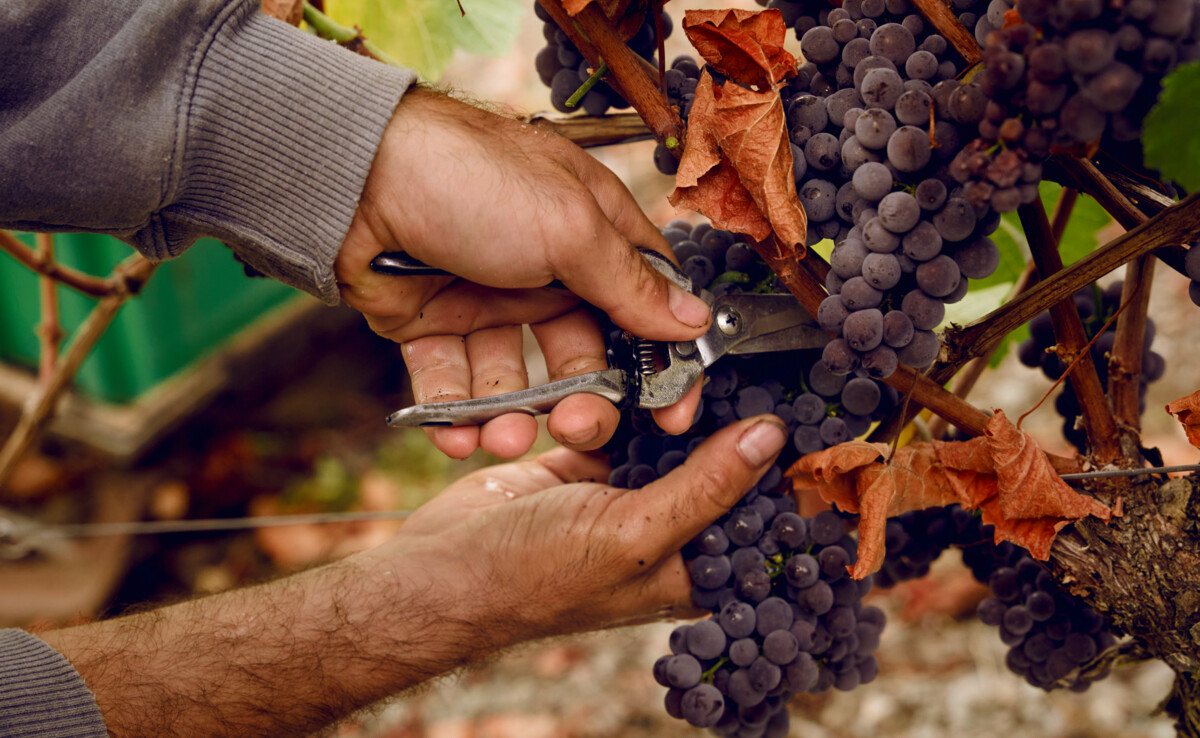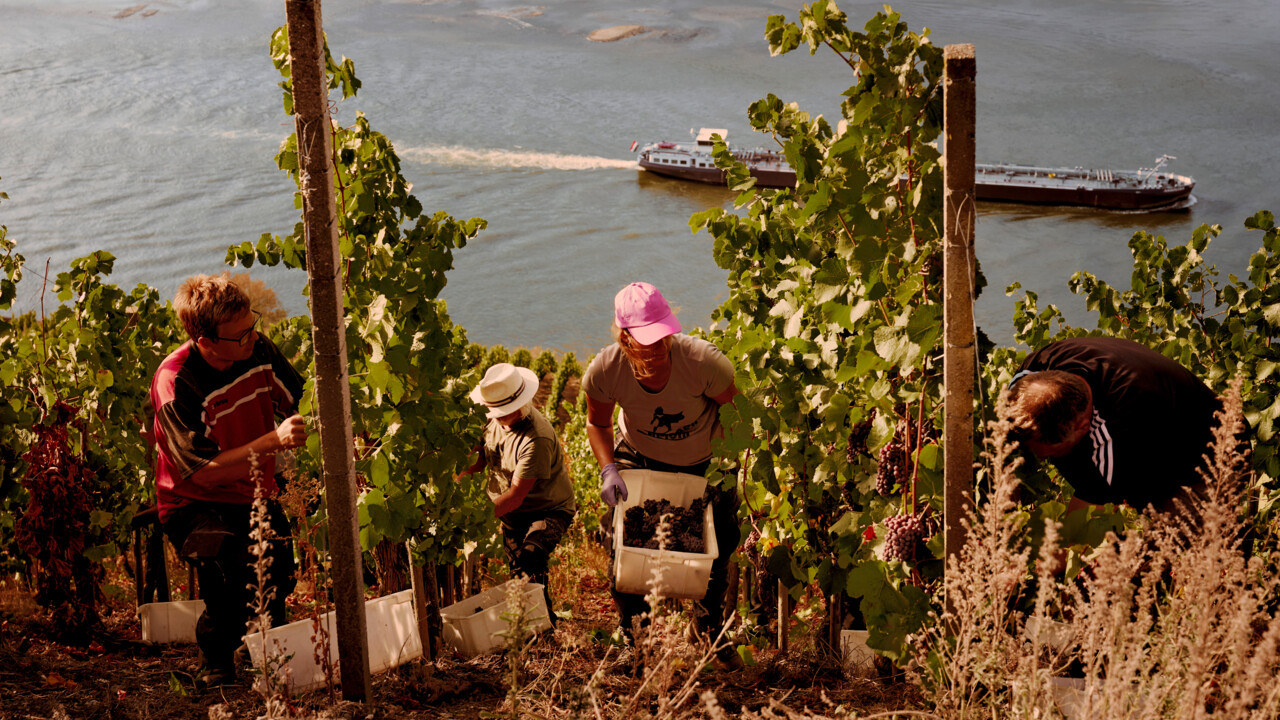The most exciting time is coming up: the harvest in autumn reveals the hard work that has been done in the vineyard. The warmth, sufficient sunlight and a good water supply increase the sugar content in the grapes over the summer. The degree Oechsle measures the sugar content as a unit and helps to determine the time of harvest. It also allows conclusions to be drawn about the potential alcohol content of the wine. The time of harvest depends individually on the grape variety and the weather: Here it is important to find the perfect moment! Some grapes remain longer on the vine, while some are harvested earlier.
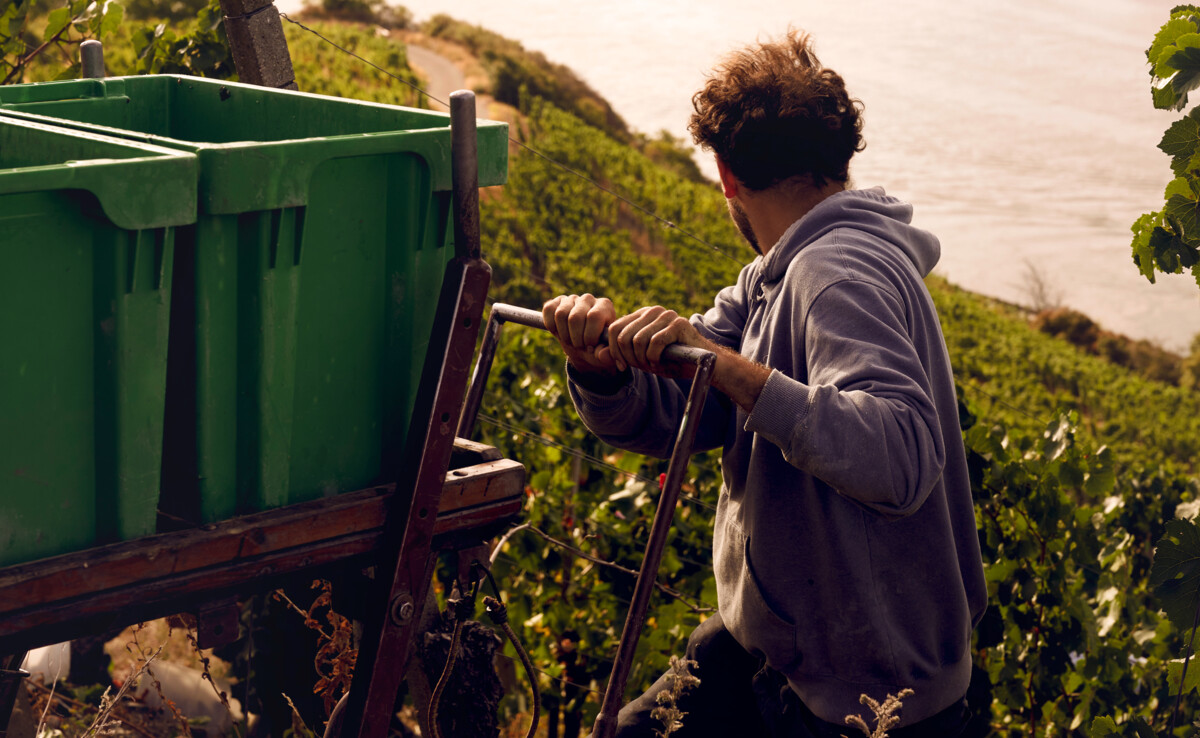
One of the wineries that has its hands full with the grape harvest right now is the Matthias Müller Winery in Spay. The grapes come from the Bopparder Hamm, with a total area of 75 hectares the largest contiguous vineyard in the Middle Rhine region. Incidentally, the name Bopparder Hamm comes from the Latin word "hamus", which can be translated as hook and refers to the S-shape of the famous Boppard Rhine bend.
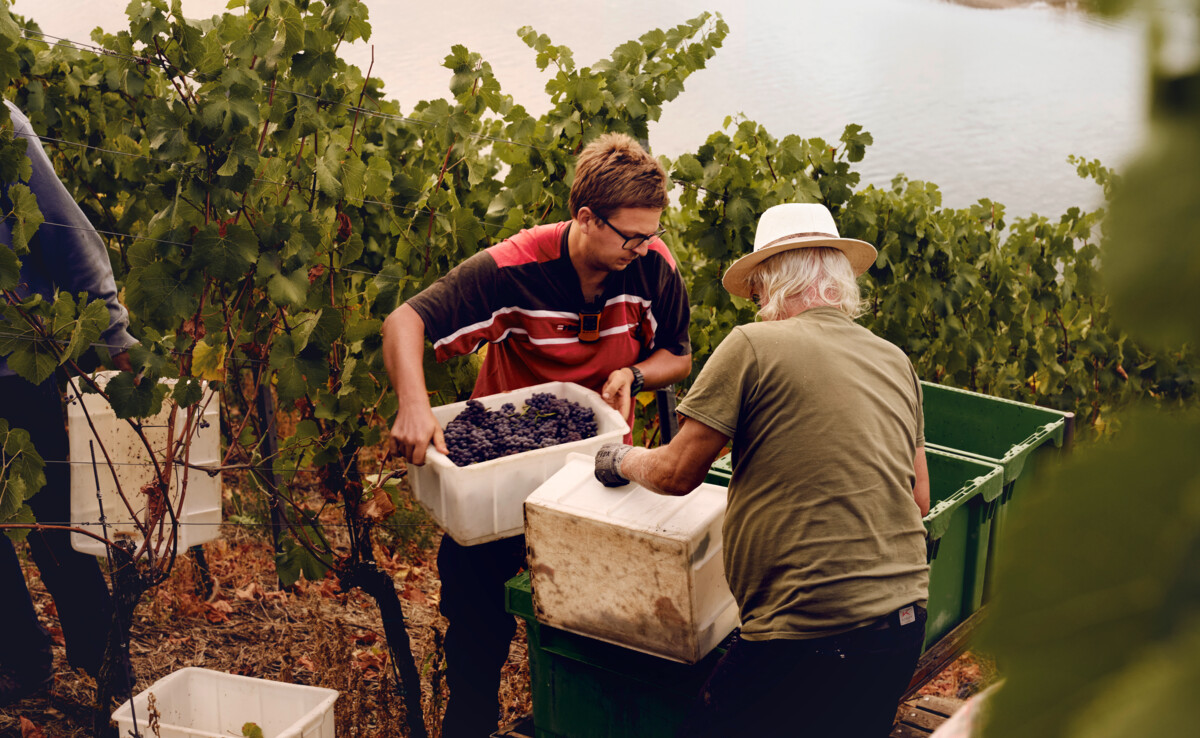
The Bopparder Hamm offers ideal conditions for viticulture: the southern exposure promises an ideal angle of inclination to the sun, the slope benefits from the water surface of the Rhine as a heat reservoir, and the slate rock is ideal for growing Riesling with a fine minerality and aromas of apple, mint and other spices.
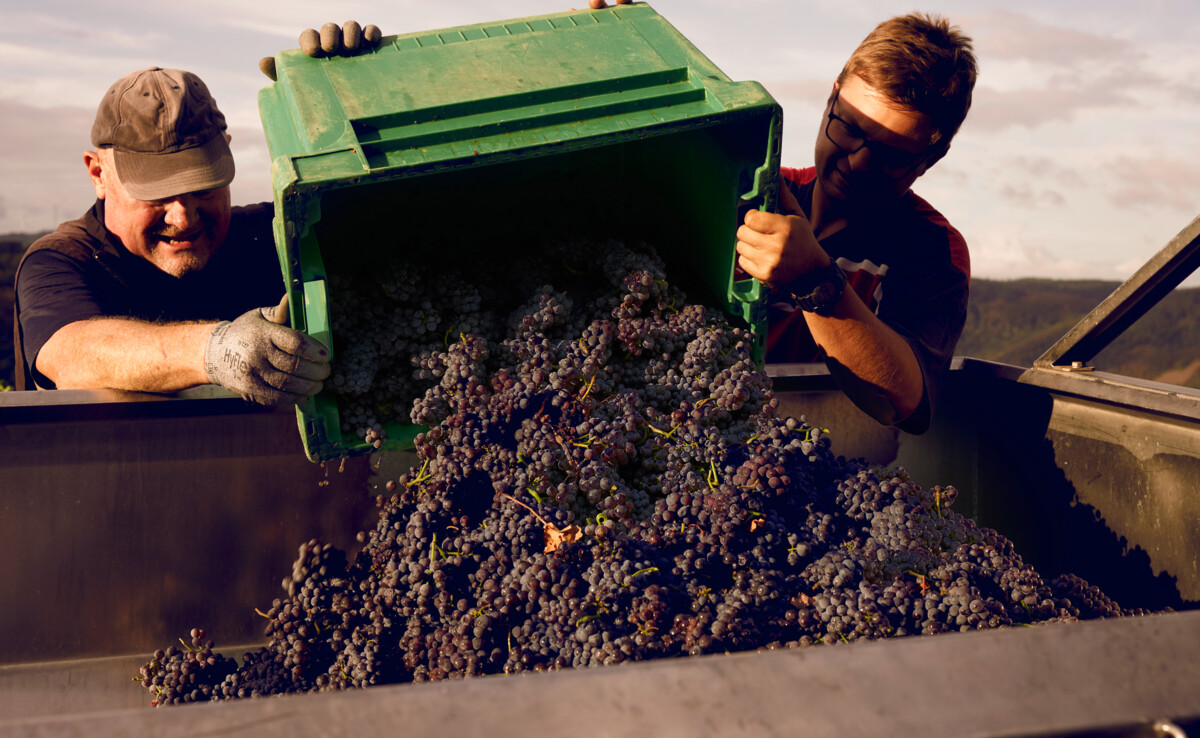
Did you know that the Romans already cultivated wine in the Boppard Hamm? In 370 AD, a Roman fort was built in Boppard, where wine was served as rations for the troops. The first documented mention of wine growing in Boppard dates back to 643, and since then wine has been the main economic resource of the Rhine town of Boppard. At present, the vineyards in Bopparder Hamm are cultivated by 16 full-time winegrowers, who produce a total of 600,000 liters per year - almost exclusively Riesling.
